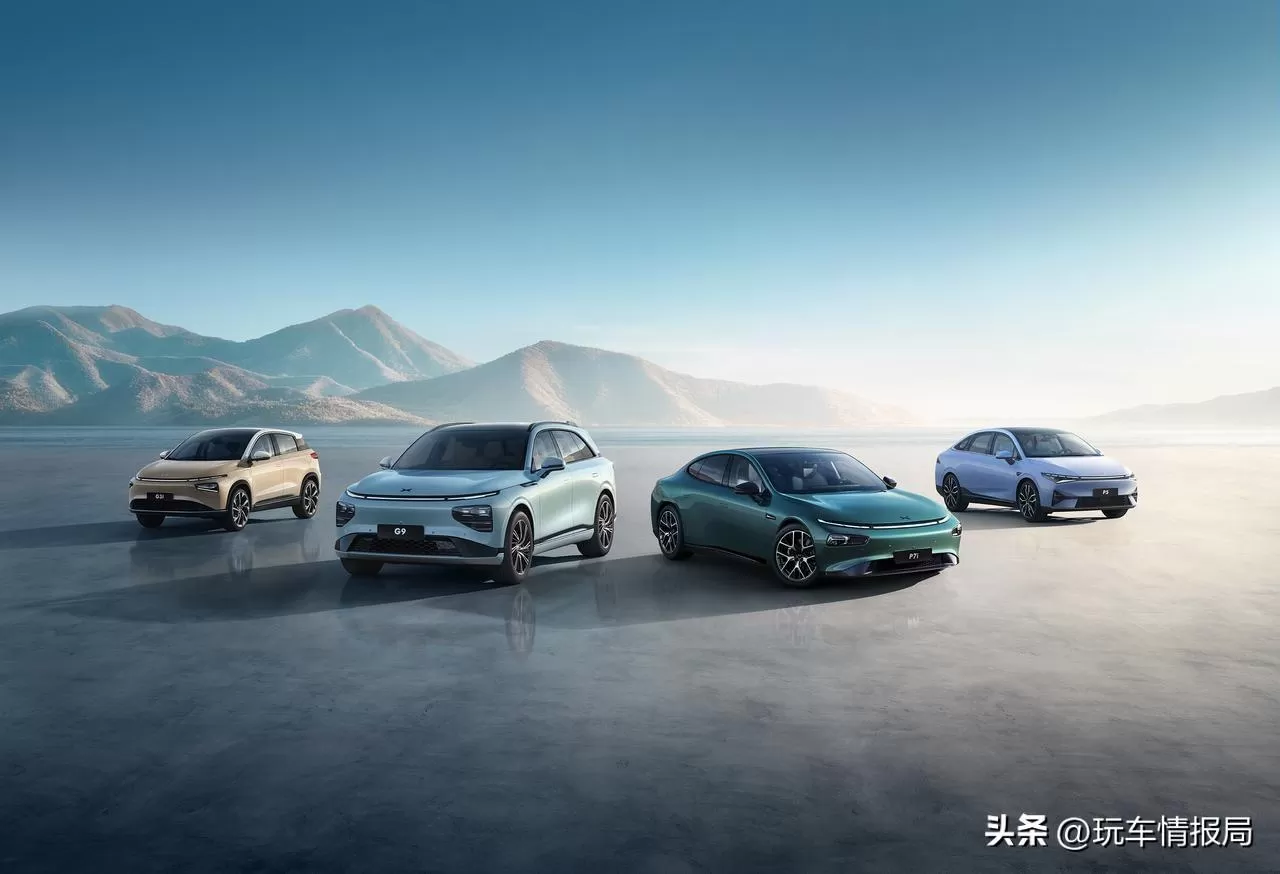BYD is now burdened with a staggering 500 billion yuan in debt. This news might come as a shock, seeming almost unbelievable. So, what’s really going on?
Looking back at BYD’s rise, it has been nothing short of legendary. Starting as a battery manufacturer, BYD has become a leading force in the electric vehicle (EV) industry, demonstrating the vast potential of "Made in China." However, behind this impressive growth, BYD faces unprecedented challenges. The 500 billion yuan in debt hangs like a Damoclean sword, reminding BYD that the path forward is fraught with challenges.

Why, then, has BYD, consistently a top seller, fallen into such a debt crisis? And in this situation, how does it continue to innovate and manufacture?
In recent years, with global awareness increasing around environmental protection and sustainability, the EV market has seen unprecedented opportunities for growth. Leveraging its leading position in battery technology, BYD seized the market’s momentum and launched several popular EV models. From the earlier Qin and Tang models to the recent Han and Dolphin models, BYD’s EV sales have soared, making it a standout player in China’s automotive industry.
However, rapid sales growth does not always mean synchronized profit growth. The auto industry is highly capital-intensive; from R&D to production and sales, each step requires significant financial input. To sustain rapid expansion, BYD has had to "burn cash" continuously, raising funds through bank loans and bond issuances. While this influx of capital has enabled BYD to scale up quickly, it has also introduced potential risks.

As competition in the EV market intensifies, BYD faces dual pressure from domestic and international players. Traditional automotive giants like Tesla, Volkswagen, and Toyota are making aggressive moves into the EV space with highly competitive products. For BYD to maintain a strong market position, it must continue to invest heavily in R&D to enhance its product competitiveness. However, this requires substantial financial backing, leading to a constant increase in its debt.
Beyond competitive pressure, BYD also faces technical and market challenges. Technically, while it leads in battery technology, it lags in areas like semiconductors and autonomous driving. Advancing in these fields requires both time and substantial capital, and with tight finances, BYD is faced with the difficult task of balancing R&D investment with debt management.
In the market, as the EV sector matures and consumer demands diversify, BYD faces mounting challenges. Consumers increasingly prioritize driving range, charging speed, and smart features in EVs, areas where BYD still needs to make strides. Additionally, as government subsidies for EVs decrease and competition intensifies, BYD’s profit margins are under constant pressure.
In reality, BYD's debt issues did not emerge overnight but are the result of various factors. On the one hand, BYD has been heavily reliant on external funding, such as bank loans and bond financing, for its rapid expansion, which has caused its debt to mount. On the other hand, while BYD’s investment in technology and market expansion has been substantial, profit growth has lagged, exacerbating the debt pressure.

Yet, faced with this substantial debt crisis, BYD has not chosen to retreat or surrender. Instead, it is actively implementing measures to strengthen financial management, reduce debt, and improve profitability. BYD is lowering operating costs by optimizing supply chain management and improving production efficiency; it is also diversifying financing channels and attracting strategic investors to reduce dependence on bank loans. At the same time, BYD continues to increase investment in R&D and technological innovation to enhance product competitiveness.
On a positive note, BYD’s debt crisis may also serve as an opportunity for future development. After weathering this crisis, BYD is likely to prioritize financial management and risk control; it will seek a balanced approach to R&D and market expansion, and place greater emphasis on brand building and enhancing product value. These efforts will lay a solid foundation for BYD’s future growth.
Of course, resolving the debt crisis and achieving sustainable development will take time and effort. But no matter what, we should believe that, as one of the leading companies in China’s EV industry, BYD will overcome difficulties, seize opportunities, and make even greater contributions to the rise of China’s automotive industry!






